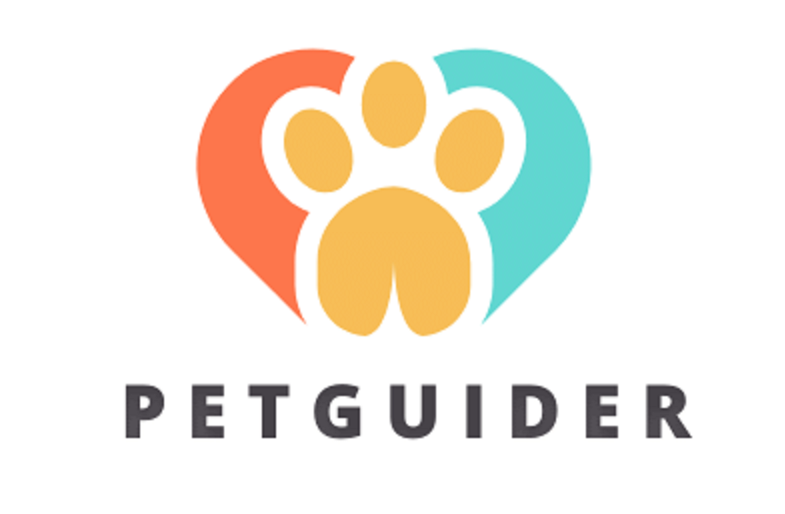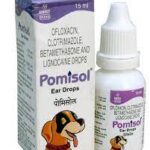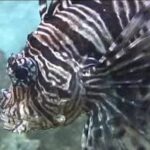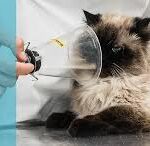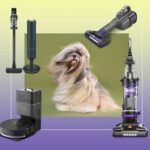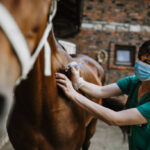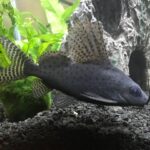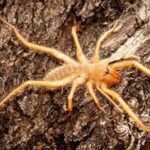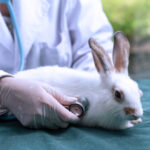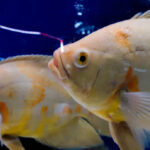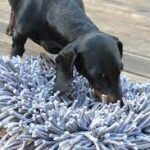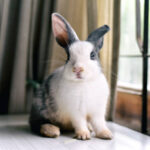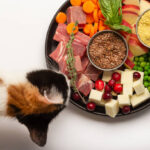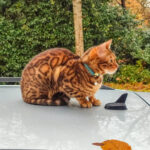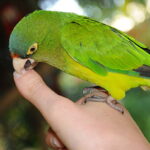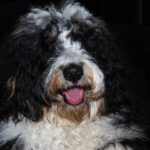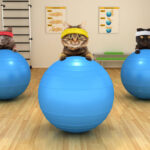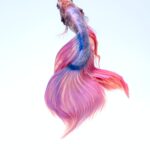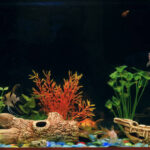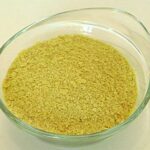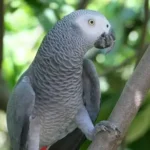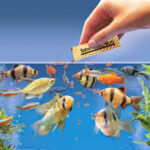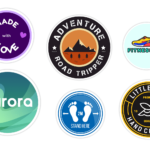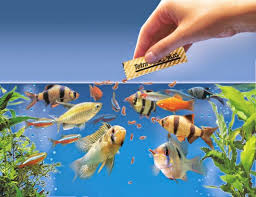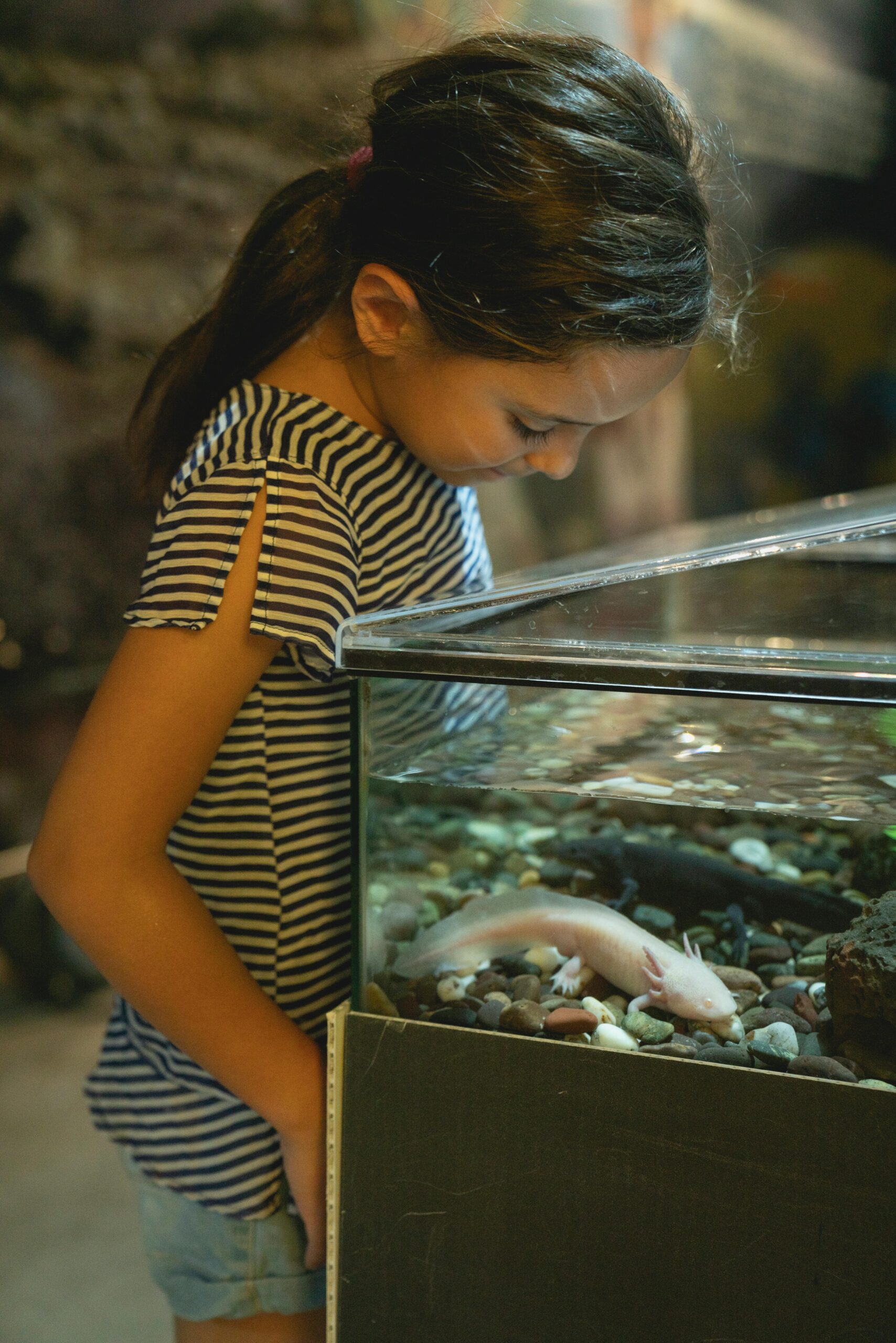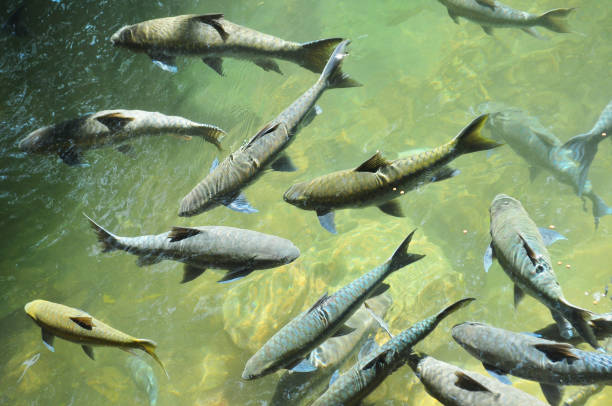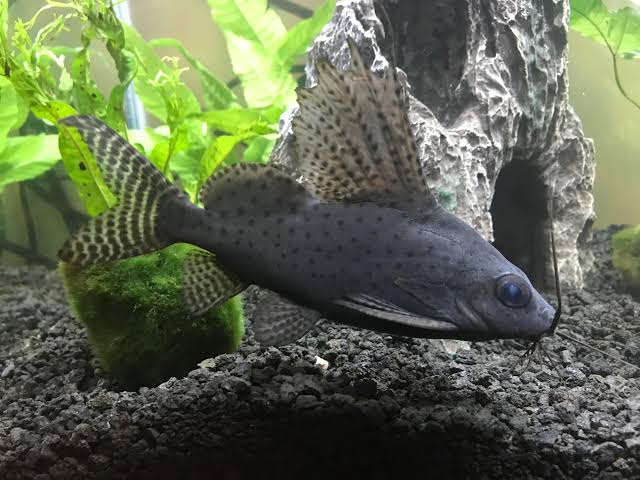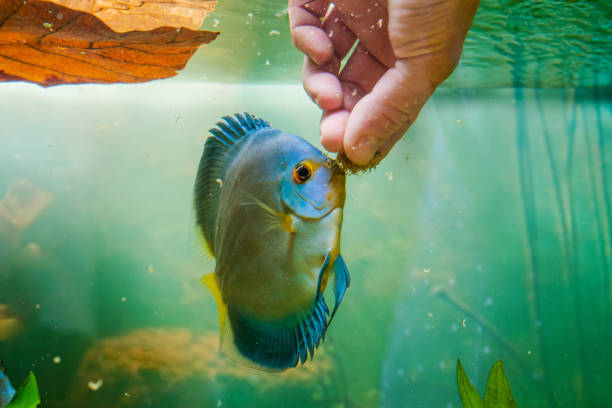Introduction
Caring for fish is more than just a hobby—it’s a responsibility. One of the most important parts of fish care is providing the right food. The correct food for fish promotes healthy growth, vibrant colors, strong immunity, and a longer lifespan.
With so many options available—flakes, pellets, frozen treats, live food, and even homemade recipes—it can be difficult for beginners to choose the best option. This guide explains fish nutrition, explores different types of fish food, and offers expert tips on feeding your aquatic pets properly.
1. Understanding Fish Nutrition
Like all animals, fish need a balanced diet. Their nutritional requirements vary depending on species, size, and feeding habits.
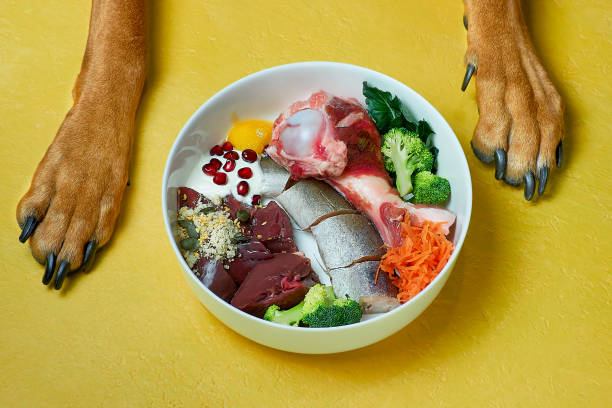
- Protein—essential for muscle development and energy. Carnivorous fish require more protein (40–50%), while herbivores need less (20–30%).
- Fats—Provide concentrated energy and essential fatty acids.
- Carbohydrates—Needed in small amounts, especially for herbivorous species.
- Vitamins—Strengthen the immune system and enhance natural coloration.
- Minerals—Support healthy bones, scales, and internal functions.
Different fish have different dietary needs. For example, goldfish are omnivores, while plecos thrive on plant-based foods.
2. Types of Fish Food
Fish feed at different levels—surface, mid-water, and bottom—so the form of food matters.
2.1 Flake Food
- Best for: Small to medium-sized surface feeders.
- Pros: Affordable, widely available, and easy to store.
- Cons: Loses nutritional value quickly after touching water.
2.2 Pellet Food for Fish
- Best for: Larger fish or bottom feeders.
- Pros: Nutrient-rich and produces less waste than flakes.
- Cons: Some pellets must be pre-soaked for sensitive fish.
2.3 Freeze-Dried Food
- Examples: Bloodworms, brine shrimp, and tubifex worms.
- Pros: High in protein, long shelf life, safe from parasites.
- Cons: Lacks natural moisture.
2.4 Frozen Food
- Examples: Frozen bloodworms, mysis shrimp, krill.
- Pros: Retains moisture and nutrition; great for picky eaters.
- Cons: Requires freezer storage and thawing.
2.5 Live Food
- Examples: Daphnia, mosquito larvae, live brine shrimp.
- Pros: Encourages natural hunting behavior and is highly nutritious.
- Cons: Risk of introducing disease if not sourced carefully.
2.6 Plant-Based Food
- Examples: Algae wafers, spirulina flakes, and blanched vegetables.
- Best for: Herbivorous and algae-eating fish.
3. Recommended Food for Popular Aquarium Fish
3.1 Goldfish
- Best food: Sinking pellets, gel food, blanched peas, or spinach.
- Avoid: High-protein-only diets to prevent swim bladder issues.
3.2 Betta Fish
- Best food: Betta-specific pellets, freeze-dried bloodworms, and brine shrimp.
- Tip: Feed small portions twice daily.
3.3 Guppies
- Best food: High-quality flakes, baby brine shrimp, and micro pellets.
- Benefit: Enhances breeding success and coloration.
3.4 Cichlids
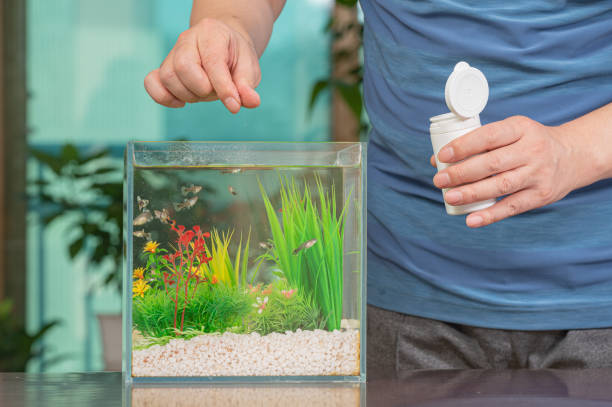
- Best Food for Fish: Spirulina flakes, cichlid pellets, frozen krill.
- Note: Some require more vegetable content in their diet.
3.5 Plecos & Catfish
- Best food: Algae wafers, sinking pellets, or blanched zucchini or cucumber.
4. How to Choose the Best Food for Fish
When selecting fish food, keep these points in mind:
- Species-Specific Diet – Know whether your fish is carnivorous, herbivorous, or omnivorous.
- Feeding Level—Match the food type to where your fish eats (surface, mid-water, or bottom).
Table of Contents
- Ingredient Quality—Choose products with whole fish meal, krill, or spirulina.
- Balanced Nutrition—Ensure adequate protein, vitamins, and minerals.
- Avoid Fillers – Limit wheat, corn, and soy, which have little nutritional value.
5. Feeding Tips for Healthy Fish
- Feed only what fish can eat in 2–3 minutes.
- Avoid overfeeding—excess food for fish pollutes water.
- Offer variety—rotate between flakes, pellets, frozen, and fresh options.
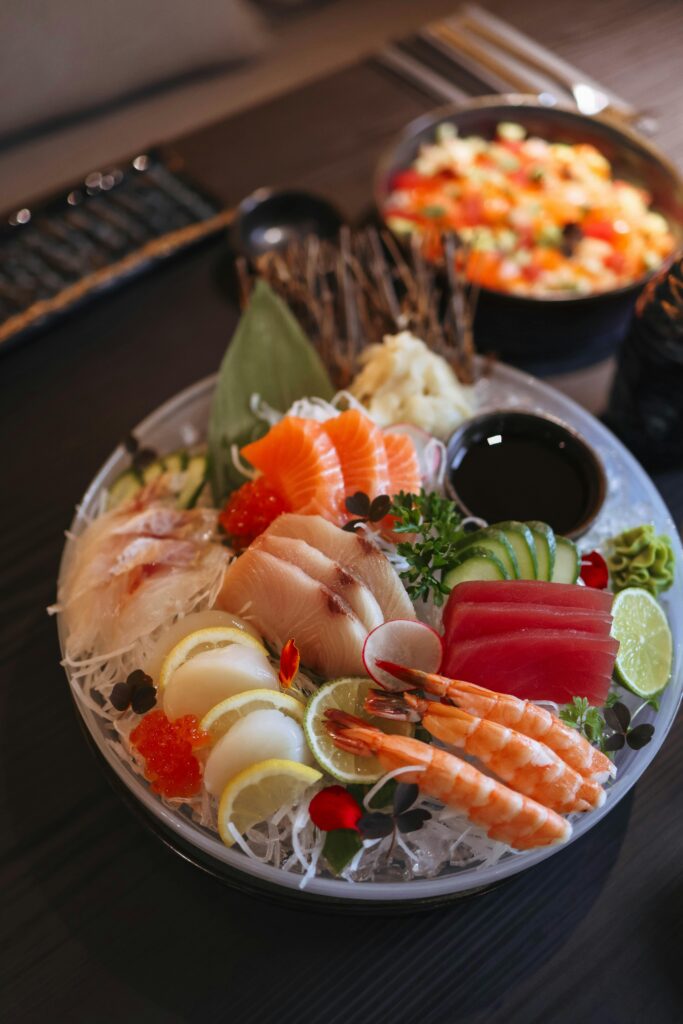
- Observe your fish—healthy fish are active and responsive during feeding.
- Remove uneaten food to maintain water quality.
6. Common Feeding Mistakes
- Feeding just one type of Food for Fish
- Overfeeding causes bloating and poor water conditions.
- Using cheap, low-quality food with few nutrients.
- Ignoring the specific dietary needs of each species.
7. Homemade Fish Food Ideas
Making your fish food gives you control over ingredients.
Basic Recipe:
- 200 g shrimp or white fish fillet
- 100 g blanched spinach or peas
- 2 cloves of garlic (boosts immunity)
- Gelatin to bind the mixture
Blend ingredients, pour into molds, refrigerate, and cut into small cubes.
8. Signs of Proper Nutrition
- Bright, vivid colors
- Active swimming
- Clear, healthy eyes
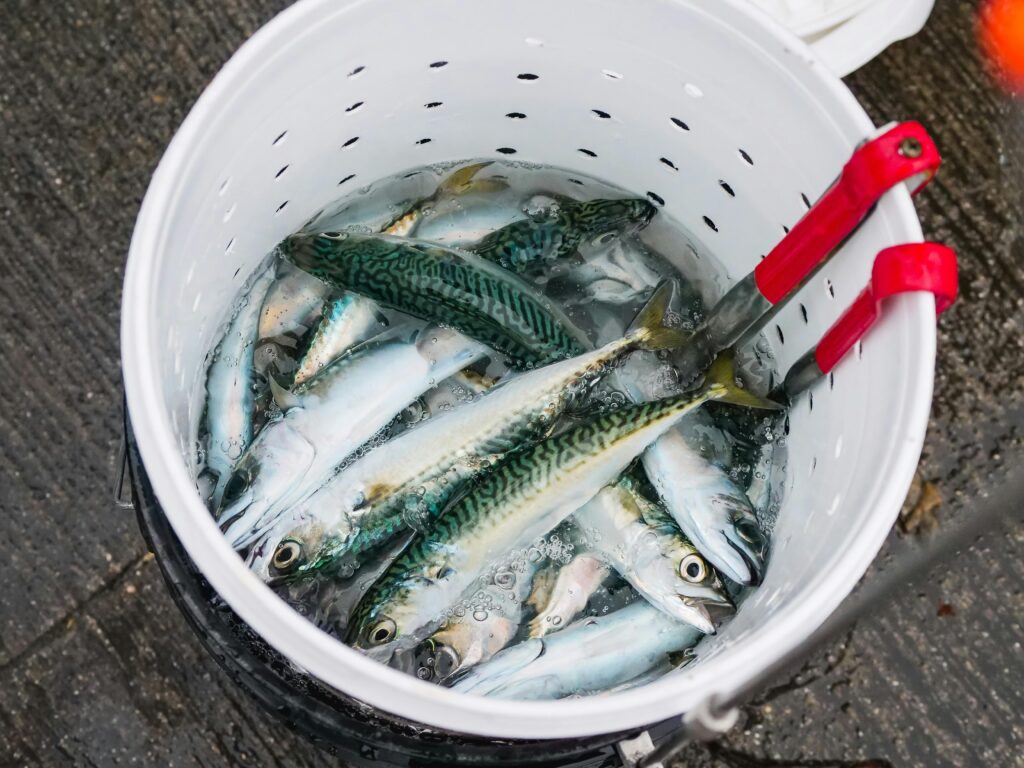
- Consistent growth
- No bloating, fin damage, or sluggishness
Conclusion
Providing the right food for fish is essential for their health, beauty, and longevity. The best food is the one that meets your fish’s nutritional needs, matches their natural feeding habits, and supports a clean, healthy aquarium environment. By offering a balanced diet and feeding responsibly, you can keep your aquatic pets happy, active, and thriving for years to come.
